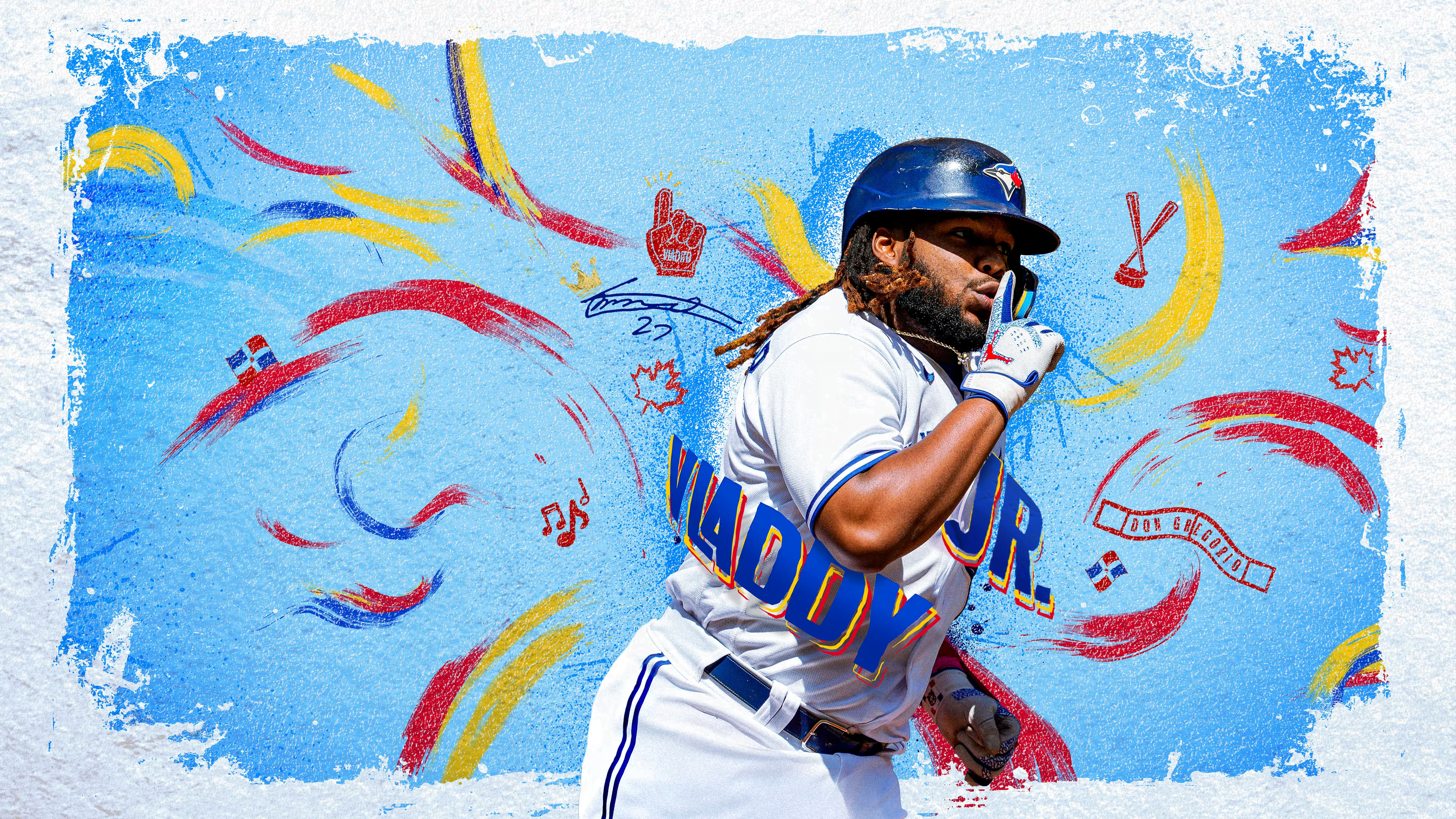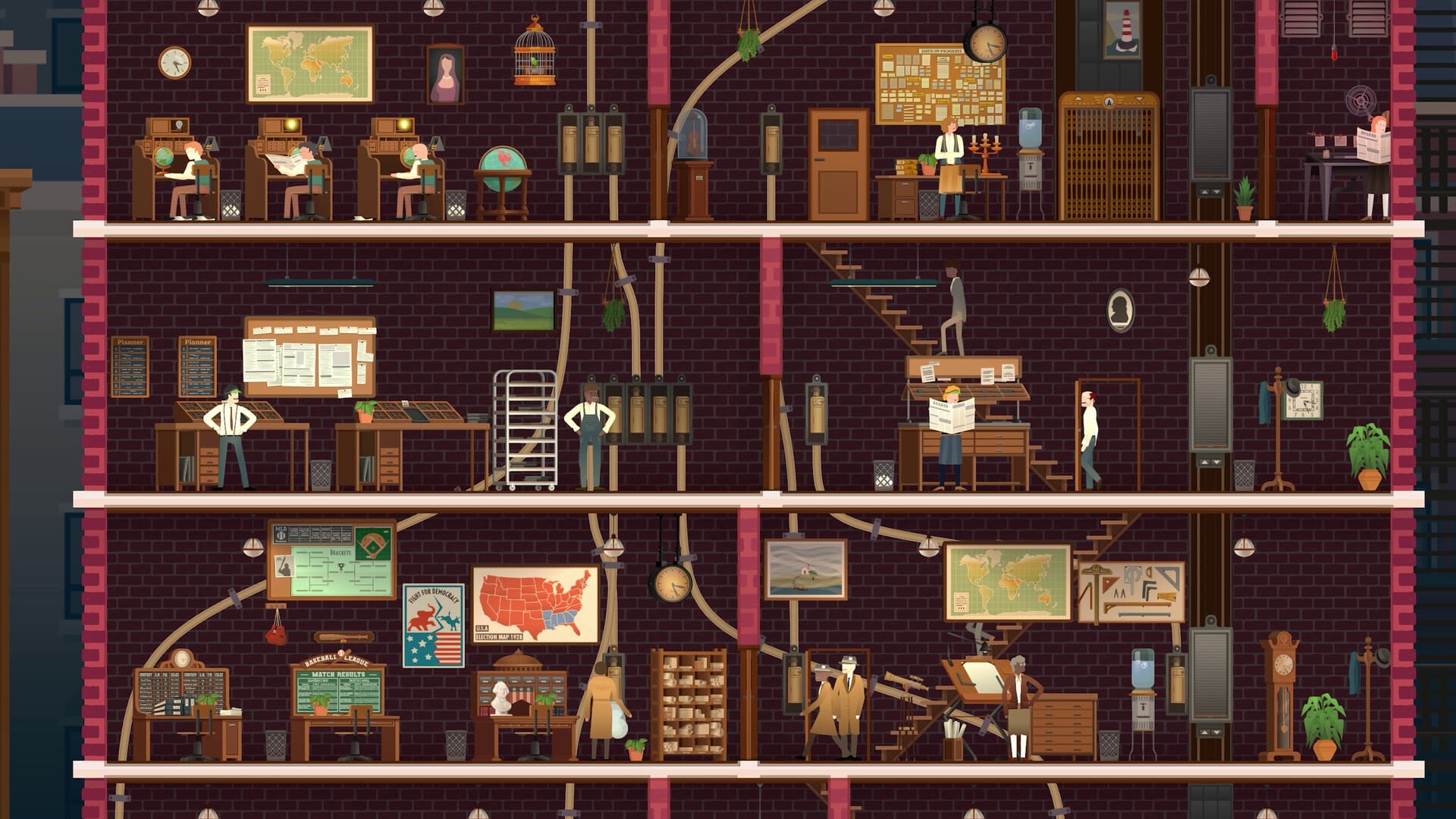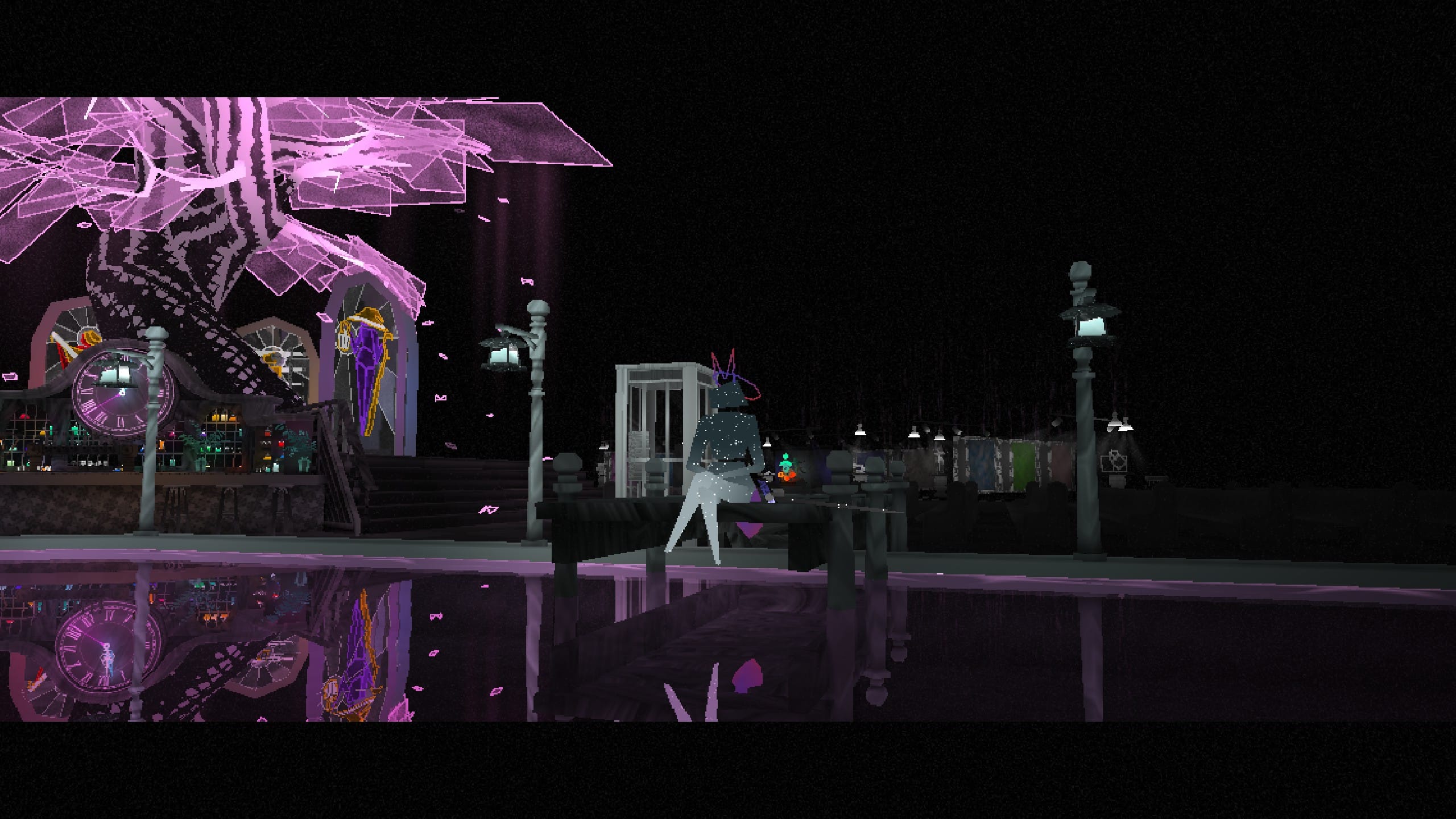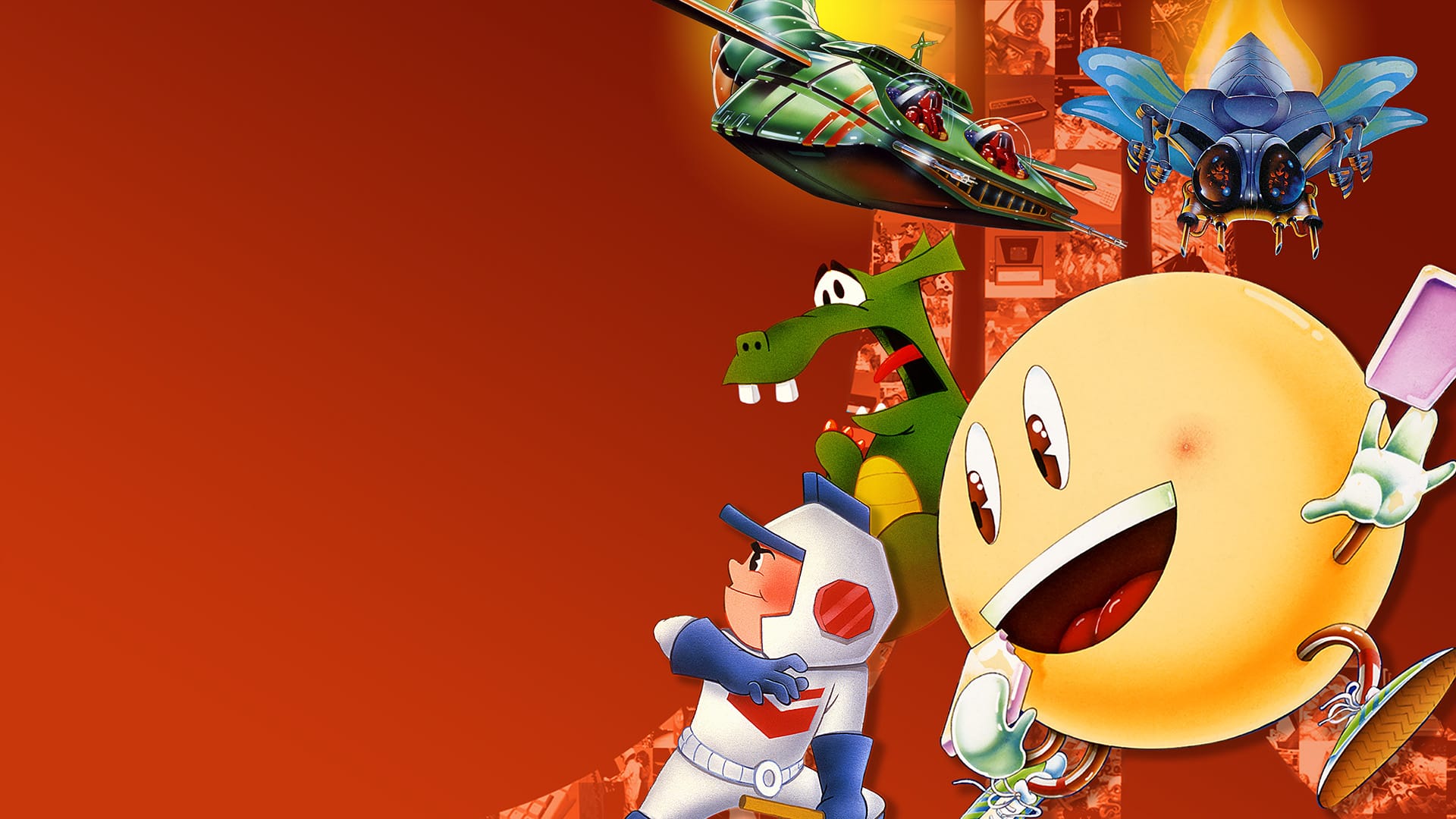Growing up in Los Angeles, Vin Scully’s mellifluous voice was as familiar to us as the Hollywood Sign or Griffith Observatory. Scully was practically a member of the family, delivering his unparalleled knowledge of baseball (and the Dodgers) with more regularity than any other program we ever saw or listened to. Even though we weren’t a baseball fan by any means, it was hard to ignore the sport’s impact on the rich landscape of history. It is this historical impact that permeates much of MLB The Show 24, leaving its own footsteps in the sands of time, both apart from and flying higher than, many of its sporting game peers.
Your introduction to the game is the noir inspired menus in contrasting shades of black and white teased with splashes of color at certain points which facilitates not only a rather clean design but manages to memorialize the past while giving a gentle nod to the future, much like last year’s game.
The “Storylines” mode, one of the highlights of the game, begins with the second season of The Negro Leagues, which launched with only a few superstars to explore the narratives of but have since added a couple more. This blend of education with gameplay, found within the game’s Storylines mode really adds a tremendous amount of depth to the game and hopefully they can continue this focus on baseball’s rich legacy, perhaps in the future even featuring something like the All-American Girls Professional Baseball League which ran from 1943 to 1954.

The President of the Negro Leagues, Bob Kendrick, is back for his second round as narrator and like his last outing, really hits it out of the park, so to speak. Joining luminaries such as Satchel Paige and Jackie Robinson, who are featured in Season One; are Jose Mendez, Josh Gibson, Buck Leonard, Larry Doby, Leon Day, Henry Aaron, and Marcenia “Toni” Stone, the only woman on the roster. Rube Foster, one of the legends from last year, has his captain card up for grabs for finishing all The Negro League challenges.
Also in the Storylines mode is a tribute to Derek Jeter. Functioning essentially as a full-featured Derek Jeter simulator, this mode lets you play as Jeter through his storied career, from years 1995, 1996, 1998, 1999, and 2000, before entering the second phase of his career and experiencing even more Jeter through 2001, 2003, 2004, 2006, 2009, 2011, and 2014. After completing this Jeter-o-rama, you’ll snag a couple diamond level Jeter cards and probably begin seeing him in your dreams.
The visual elements accompanying this tribute to Jeter really bring the entire thing together. The menus and stylistic choices are also rather well done. Reflecting on Jeter’s twenty-year legacy in New York, you’ll move through the famous New York underground subway system to access the different phases of his career, complete with appropriate Jeter-esque inspired graffiti on the walls and highlight posters from various years. You even get to hear subway doors opening and closing and background crowd sounds of people coming on and getting off the trains.
The Road to the Show mode has you create a custom player and advance from minor leaguer to the majors, improving your many stats as you go. Since seasons are so long, the ability to simulate games is a godsend. One of the better features of this mode is the ability to set conditions for when you actually take the field. For example, you can elect to simulate everything unless the bases are loaded in the ninth and the score is tied. This conditional simulation really makes the protracted seasons of baseball much easier to digest overall.

Diamond Dynasty is back and involves crafting your own team from player cards earned in packs and then taking your team online to face other team crafters or using your team in the solo “mini seasons.” These solo mini seasons, like the negro league challengers, have their difficulty locked to “competitive” and there is absolutely an argument to be made about paying full price for a game and having solo modes difficulty locked.
That being said, opening virtual packs of cards of virtual players is virtually as satisfying as ever. Packs are 1500 stubs and feature four cards, three players who are typically rated 50 to 70 and one player item, such as a stadium or vintage uniform or custom bat or glove. Stubs cost 99 cents for 1000, making each basic pack $1.50. Bundles of 20 and 50 packs give a little discount and have increased odds of high rated players. There are also seasonal packs and event packs, which offer higher rated players at a greatly increased ratio.
March to October mode has you selecting a team from one of several pre-made groups of teams such as favorites, contenders, underdogs and longshots and playing through the post season. It’s interesting due to the fact that you can select a difficulty and begin each game in the middle of it, typically the 5th or 6th inning, with your opponent up a few runs, however; the ability to simulate all or part of games is turned off.
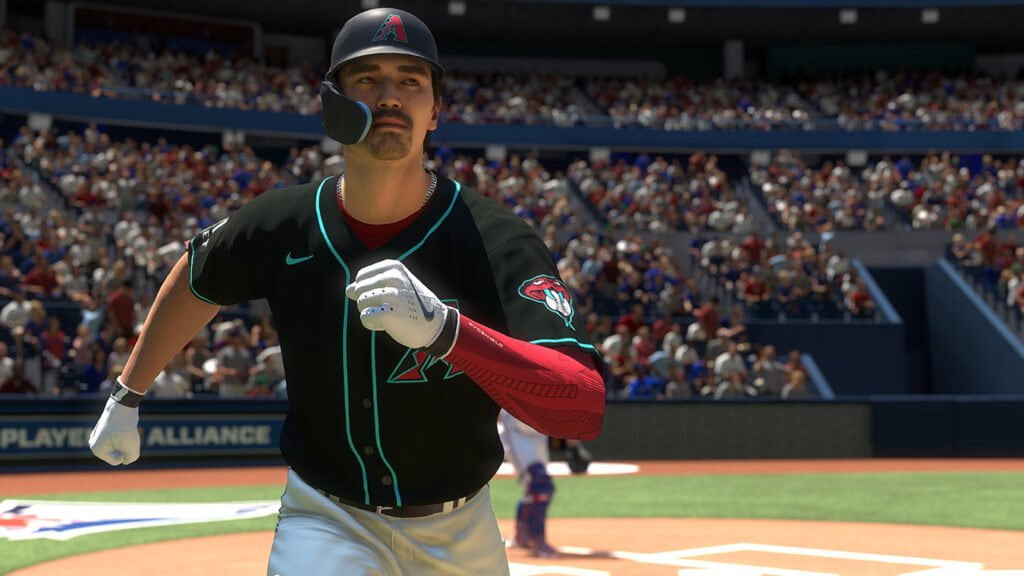
Finally, Franchise mode lets you take a team through multiple seasons as a manager or simply play or simulate games. Fantasy Draft is also available here and lets you see interesting lineup possibilities of your favorite teams.
With a plethora of activities for fans of baseball, from its wonderful Negro Leagues to engaging soundtrack and compelling Franchise and Road to the Show modes, MLB The Show 24 manages to knock it over the fence once more.

